Invention Design
Inventing a new product or technology is exciting! The realization and development of your product idea is done by a design team, who designs and engineers your product invention. The goal during the invention design process is to start with an idea, sometimes abstract in nature, and create a definition for it’s form, fit, and function.
In addition to a good detailed product design, completing a patent search and patent application are important steps to building a valuable set of assets for your invention. A patent search gives the inventor and patent attorney an understanding of existing products and technologies that are protected, otherwise known as prior art. Filing and securing a patent, and building strong claims with a well defined product design adds a significant competitive advantage and value to your invention. Product development and intellectual property (IP), or patent protection should be done in parallel and good design teams will coordinate closely with patent attorneys.
In this article, you’ll gain a much better understanding and appreciation for the invention design process, the importance of patents and trademarks (intellectual property), key factors of standout invention design, benefits of prototyping, and the role of 3D design in the invention design process.
What is Invention Design?
Invention design is the concept design (less detail) or detailed manufacturing design (full detail) of a product idea brought to life by the definition of product features. 3D CAD design tools and rapid prototyping are used to specify the product form and function, and to build and test the product before starting production manufacturing.
The ideal goal of the invention design process is to create a product that has not been developed or launched by another company. The more unique an invention is, the more the inventor has a competitive advantage over outside threats such as existing competitive products.
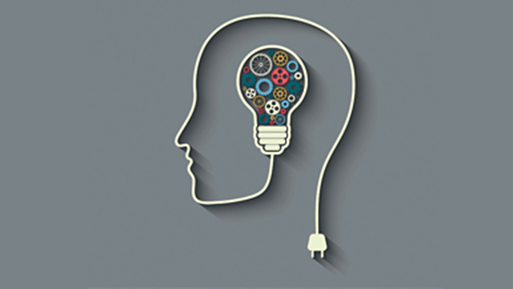
Invention Design Process
A product goes through a defined development process before a concept design becomes a successful product. Products have to follow design and engineering processes. For a concept design to be developed into a detailed manufacturing design and succeed, the following invention design process should be followed.
1. Innovation
Innovation is the backbone of invention. It’s what separates commodity-type products with trailblazing design and technology that has the potential to disrupt markets to some degree. A product has to be unique and non-obvious for it to be patented, and intellectual property, or patents and trademarks, are an important part of the invention design process.
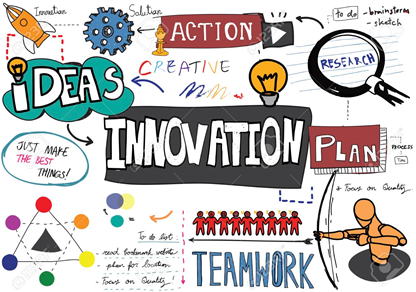
Unique design and creative engineering are also part of the invention design process. If done right, good communication between product design engineer and patent attorney will result in better patent claims and a better, more innovative product design.
2. Planning
The design process has to be thoughtfully planned out by the design team, which can include engineers, industrial designers, manufacturing engineers, and project managers.

With a solid team, and a well thought-out strategy, any organization can stack the cards in their favor for a successful product launch.
3. Research
Market research is important for providing information about what appeals to the user and what does not. The right research will help you identify your product’s competition and identify and understand your product’s users, or target audience.
During the invention design process, research can also refer to a patent search where either the inventor or patent attorney (or both) research existing patents to find out what prior art a new invention will reference, and make sure it doesn’t infringe on any prior art. If your invention infringes on someone else’s intellectual property (IP), you can either design the product around that IP so it doesn’t infringe, or you can work with the owners of the IP to license it from them.

Finally, you’ll need to research the resources you’ll need to bring a product to life and launch it, including a patent attorney, product development company, and product launch expert.
4. Patent Searches/ Patent Applications
Patent searches are important to check if patents exist that are similar to your invention idea. If not, you can apply for a patent, either provisional or non-provisional, to file claims that will help to protect the novelty of your invention. You can license your invention after getting a patent but it’s highly recommended that you also develop a detailed manufacturing design and figure out production manufacturing costs. That’s because companies who might be interested in licensing your product are more likely to give you a good deal, or any deal at all, only if you’ve reduced the risk for them as much as possible. How do you reduce their risk? You develop the product to prove its viability, and determine manufacturing costs so a product licensee can hit the ground running with the commercialization of the product. While there’s value in just having a patent, there’s significantly more value in having a patent protected product that’s also been developed with functional prototypes and manufacturing sources lined up.
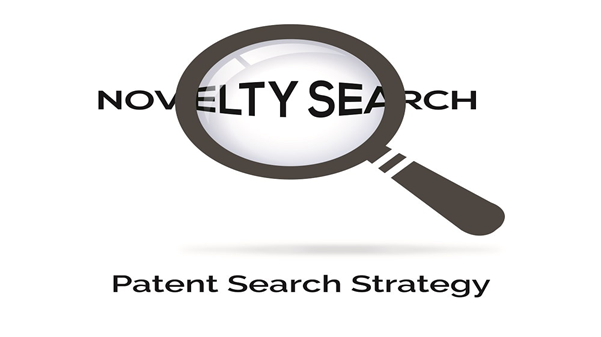
5. Design
The design team is made up of a team of designers and engineers who have the capability of generating concept sketches and detailed designs that specify every feature of a product.
Before consulting with a design team to review your concept idea, you can have the company or companies they work with sign an NDA (Non-Disclosure Agreement). An NDA helps to prevent the theft of product ideas and reduce the chance of sensitive product information leaking before the product gets to the market.
6. Prototype Design
There are two main types of design: concept level, and detailed manufacturing level designs. While concept level designs are good for a digital representation of the product, a detailed design, or prototype design, is required if you want to make functional prototype parts and assemblies so you can test your product.
There are instances where a prototype design is actually different from a production-ready design. You have to be really careful with this though because it’s possible to 3D print very complicated designs that aren’t possible to manufacture in any other way. So unless you’re planning on making those complicated parts with 3D printing in production, you’ll have to redesign the parts to be compliant with another manufacturing process.
That can waste time and increase the development and prototyping costs, so it’s always recommended to design all parts and assemblies for whatever the final production manufacturing process will be.
The only time it could make sense to have a prototype design that’s different from the final production design is if it’s more cost effective to prototype a particular part with a manufacturing process that requires certain minor design changes that won’t be used in the production-ready part. An example of this is if you want to 3D print a part with plastic instead of machining it out of metal. You might need to add structural features to allow you to test the part as if it was made from a more robust, machined metal process.
7. Test-run Prototype
After designing the invention, a prototype is critical to test the form, fit, and function of the product. From this testing you’ll determine if there are any design modifications necessary to improve and complete the detailed manufacturing design of your product.
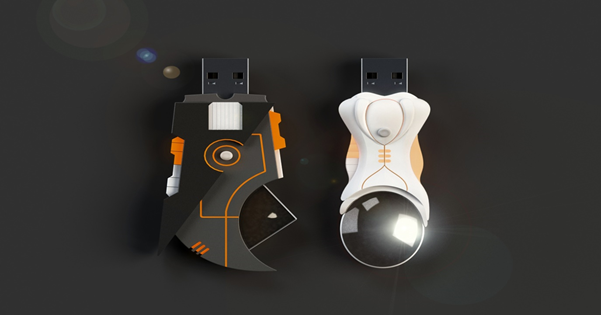
8. Get Feedback From Users
Building a prototype will also help you determine whether your product is viable in a particular market by allowing you to test it with your target audience. Products that pass the viability and user testing will likely qualify for final production manufacturing.
Getting user feedback is critical to the ultimate success of any product because you need your target audience to buy in and vote for your product with their wallets. Whether or not you and your internal team likes the product is actually irrelevant because you should only ever be focused on serving the needs of your customers.
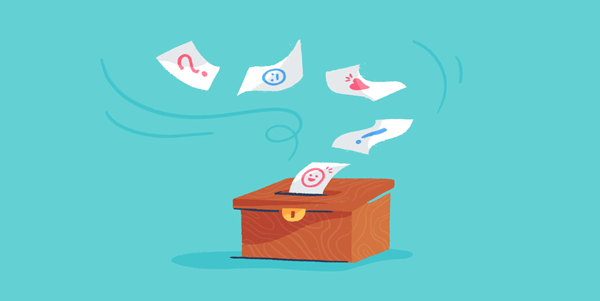
9. Market Your Invention
The marketing of your invention is just as important as the product itself. That’s because it’s customers who pay you to deliver your product. Without their support, even great invention ideas can’t be successful. Ultimately, you need the buy-in of customers, and you need to reach them. That’s where invention marketing comes in, but how do you market your product and reach your target audience? It’s different for every product, and you need to understand the behaviors of your customers to put together a creative marketing strategy that will increase sales and lower your acquisition cost.

Importance of Patents and Trademarks
Trademarks are useful in the protection of any business or brand name. This goes a long way to improve the company’s identity and integrity from any infringement regarding the theft of a name. Trademarks can also be used to protect the creative design (appearance) of a name. So both the combination of words, and the artistic representation or way the words look (sometimes a logo) can be protected.
While anyone can file a patent and trademark, it’s usually better to hire a patent attorney who knows exactly what’s necessary to get patents and trademarks accepted by the US Patent and Trademark Office (USPTO). Intellectual property attorneys are especially valuable if you need to defend a patent or trademark with litigation.
Key Factors of Standout Invention Design
For an invention design to stand out in the market and be patentable, it has to have some of the following characteristics listed below:
1. Novelty
An invention should have a novel element to it that makes it different, and hopefully improves upon existing products and patents. The novelty of an invention can usually be defined by its unique form factor or functionality.
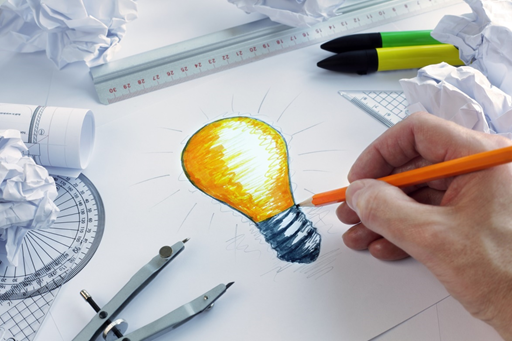
2. Trademark for Presence in the Market
Trademarks are a relatively cost effective way to quickly build assets for your business by protecting the business name, brand name, product name, or other unique phrases such as taglines. Word marks and design marks allow you to protect both the text and design of the text to increase the value and effectiveness of your intellectual property.
3. Invention Development and Rapid Prototyping
Any invention design that aims at standing out and being successful must learn to rapidly innovate their own products and improve on products and technologies commercialized by other companies. A big part of how that’s achieved is with well thought out and specified product designs and prototypes.
4. Effective Design Team
A design team can play a key role in the success of your product because they are involved throughout the entire product development process. A competent design team is needed for transforming the concept idea into a successful product.
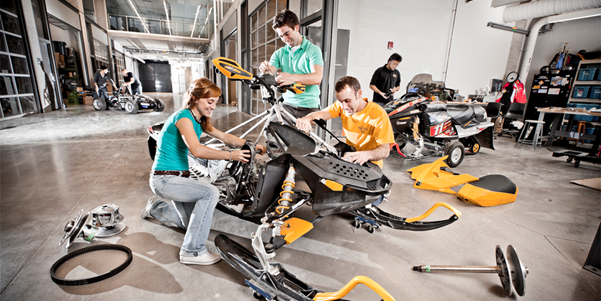
When you start to discuss your product with a design firm, they should sign a non-disclosure agreement to help maintain the secrecy of your concept ideas. In addition, non-disclosure agreements can protect against theft or any misunderstanding of the ownership of a product idea.
5. Efficient Business Strategy
Having an efficient business strategy is important before product design and development begins. A business strategy, including a development strategy will make the path to commercialization much more clear, and can save you an enormous amount of trial and error throughout the product launch process, which can save a lot of time and cost.
Benefits of Prototyping and 3D CAD Designs in the Invention Design Process
An invention prototype helps in the invention design and development as it helps to improve the quality of the product design and improve the designer’s perspective on potential issues before the product is launched. Prototypes are an essential part of the product development process.
The 3D computer aided design (CAD) also helps with aiding, as the name implies, the engineering and mechanical design of a product. In addition, 3D CAD and prototyping helps to reduce the overall cost of development and production manufacturing by making the process and product design more efficient.
The 3D CAD design software helps to eliminate manual calculations and improve the design engineer’s process. Design prototypes prove effective with the application of 3D CAD designs by differentiating between low-grade and high-grade prototypes before production manufacturing can begin.
Benefits of Patents and Trademarks for Invention Design Process
Having at least one patent and trademark for your product can be incredibly valuable. It defines ownership of intellectual property and can lock out internal or external entities from pursuing the commercialization of your product.
Patents give an inventor the right to sell or retain their IP, which can create revenue and increase equity for the business.
Trademarks are also intellectual property and are important to protect business names, brand names, logos, taglines, etc.
In Conclusion
In conclusion, intellectual property determines the ownership of key phrases, design and invention, and most notably protects the right to commercialize a particular invention idea. Innovation is the backbone of invention, and technical advancements of a design can be made with 3D CAD models and prototypes.
Patent searches should be conducted before filing a patent application as it helps patent attorneys or lawyers in case lawsuits arise. 3D CAD models and prototypes should be used to review and test the invention design before moving ahead to production manufacturing. Feedback is crucial in sustaining any business as the users directly contribute to the company’s revenue.
